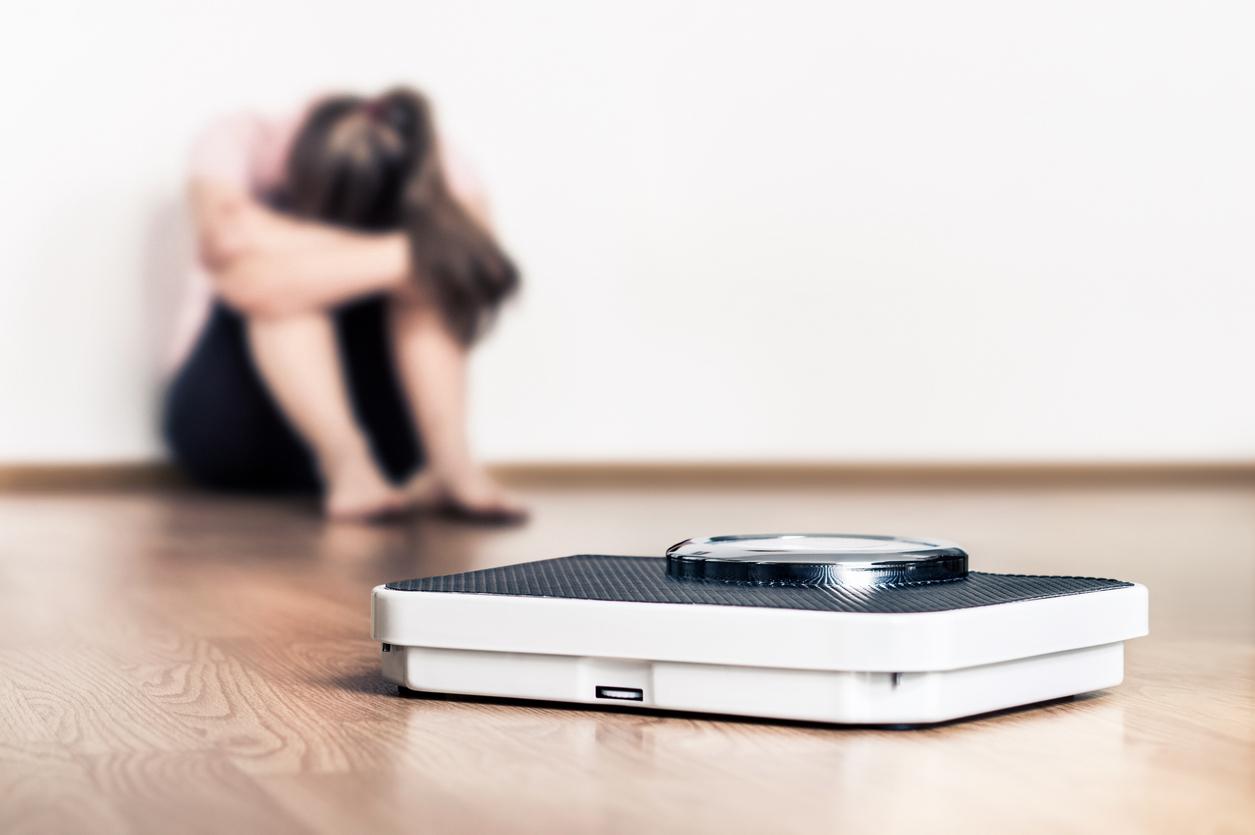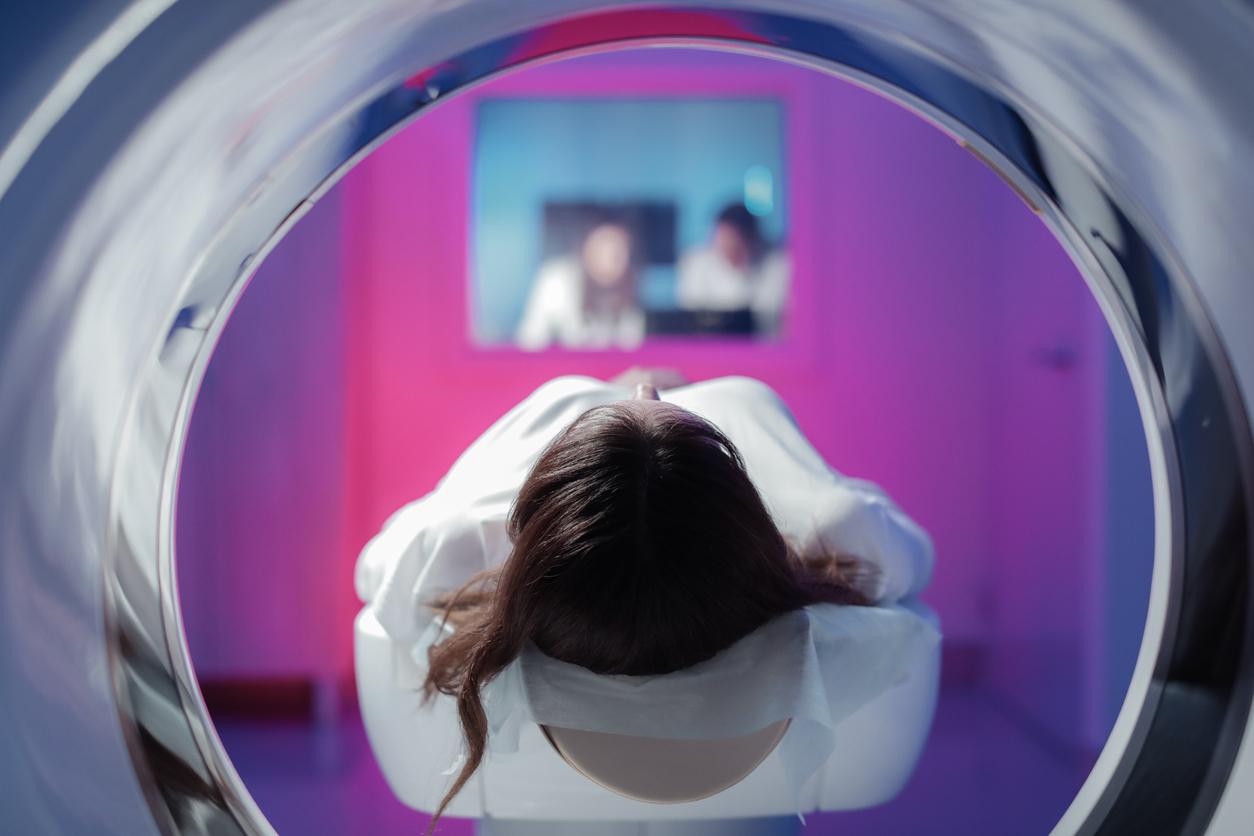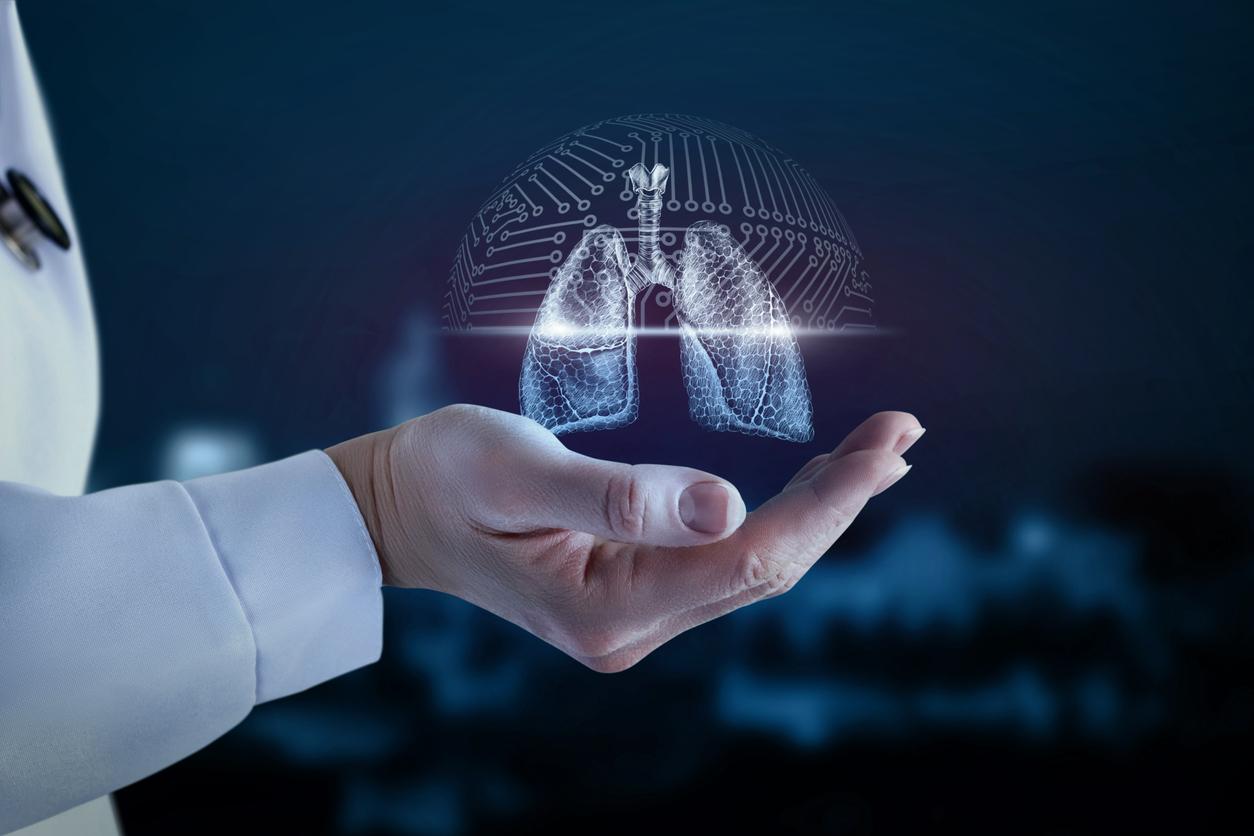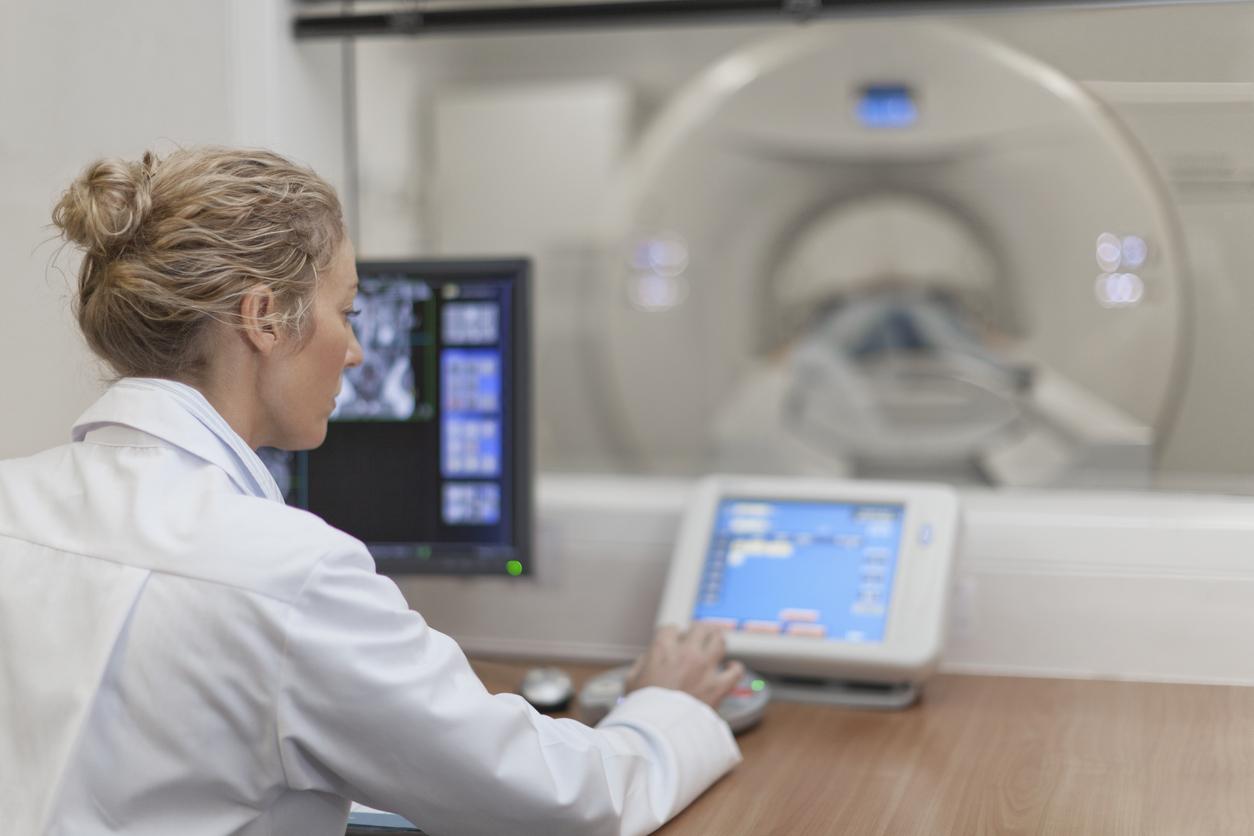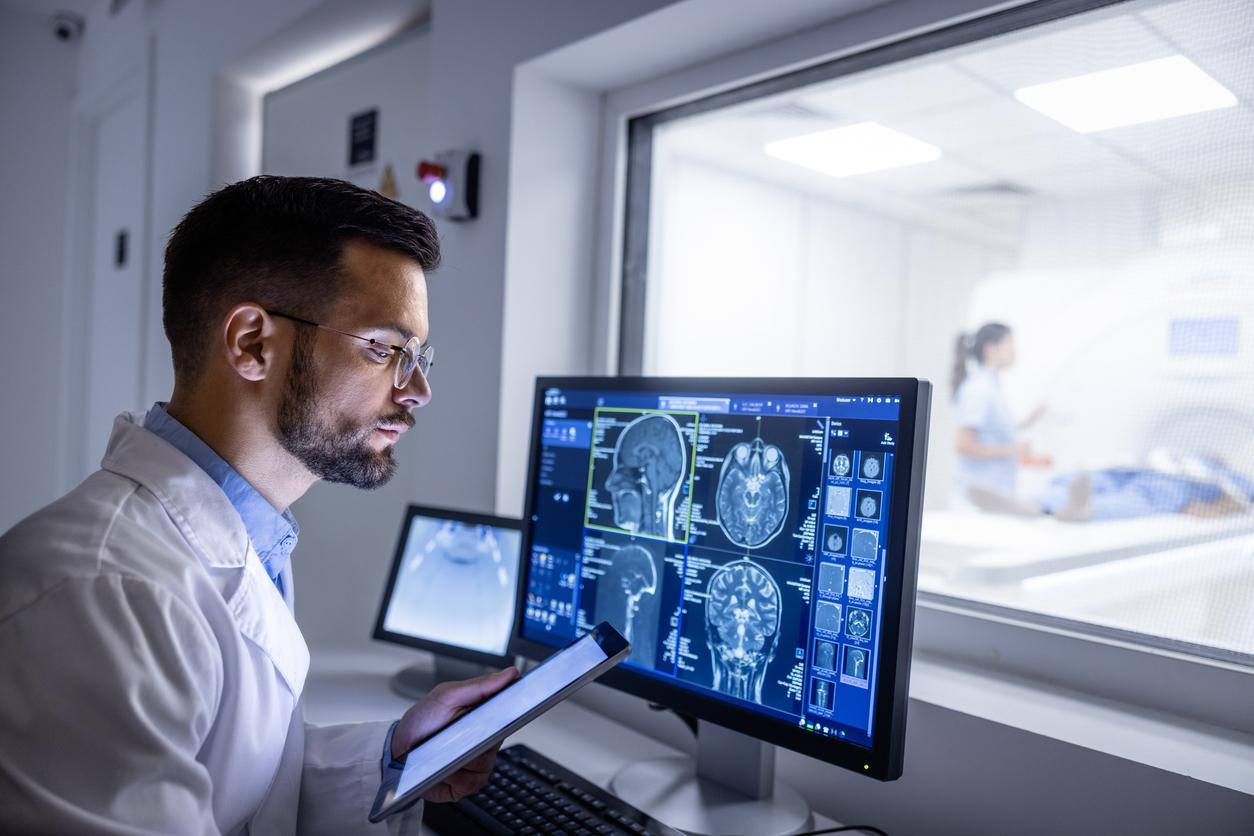Researchers at Rurh University Bochum in Germany asked 10 anorexics and 15 non-anorexic women of the same age to observe different body shapes on a computer and say which one most closely matches their own body. The 25 volunteers were then subjected to MRI (Magnetic Resonance Imaging) of the brain using the same exercise.
Unsurprisingly, healthy women rated themselves as slimmer than computer figures, while anorexic women rated themselves fatter.
Scanned brain activity revealed that the weaker the connection between two areas of the brain located in the left hemisphere, the greater the body dysmorphism.
“These changes in the brain could explain why anorexic women see themselves fatter, even when they are underweight,” says Dr. Boris Suchan, director of the study.
Some signs allow spot anorexia, without the need for an MRI of the brain. The report to food, the end of menstruation and rapid weight loss should alert.
According to a recent American study, anorexia and bulimia do not only affect teenage girls but are increasingly affecting the over 50s.
>> To read also: Adolescent anorexia: what are the first signs?
Anorexia: three women testify











